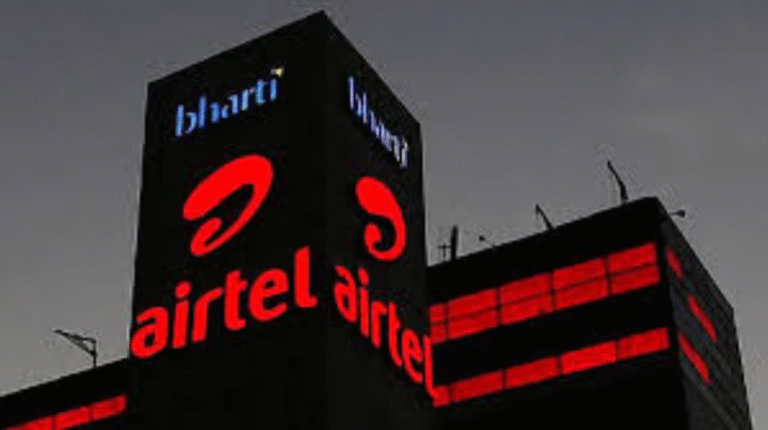
Ashok Leyland issues 1:1 bonus shares after 14 years. What does this mean for your holdings, stock price & small investors? Full details inside.

🔍 What Happened: Ashok Leyland Announces First Bonus Issue in 14 Years
Ashok Leyland, one of India’s top commercial vehicle makers, recently declared a 1:1 bonus issue — its first in nearly 14 years, the last such move being back in 2011.
This means for every 1 share held, investors will receive 1 additional share at no extra cost. Effectively, your shareholding doubles in quantity, though the overall value remains the same immediately post-adjustment.
📊 Example: How Your Shares & Value Change After Bonus Issue
Let’s break it down with a simple example:
| Before Bonus | After 1:1 Bonus |
|---|---|
| 20 shares | 40 shares |
| Worth ₹4,000 | Still worth ₹4,000 (initially) |
This happens because while your number of shares doubles, the stock price adjusts lower by half, maintaining the overall market value.
So if Ashok Leyland was trading at ₹124, after adjustment it could trade near ₹62, keeping your total investment unchanged. Over time, the hope is that more liquidity and investor interest could help prices grow again.
👥 Retail Investors: A Key Beneficiary of the Bonus Issue
As of March 31, 2025, Ashok Leyland had about:
- 14.2 lakh small retail shareholders, i.e. those with a share capital up to ₹2 lakh each.
- Together, they owned around 9.38% stake in the company.
This bonus issue is a way to reward long-term shareholders, especially small investors, by improving liquidity and psychological ownership — seeing more shares in their demat often feels rewarding and helps participation.
📉 Stock Performance Post Bonus Announcement
On Tuesday, July 16, 2025, shares of Ashok Leyland were seen trading 1.2% lower at ₹123.95, likely factoring in market-wide sentiment and some profit booking.
But overall:
- The stock has gained 6.5% in the past month.
- Year-to-date, shares are up 12.6%, outperforming many peers in the auto sector.
🔎 Why Companies Issue Bonus Shares: More Than Just a Freebie
➡️ Enhance Liquidity
With more shares in circulation, trading volumes often rise, making it easier for buyers and sellers to transact.
➡️ Affordable Per-Share Price
After the bonus, the price halves in a 1:1 scenario, potentially making the stock look more accessible to small investors.
➡️ Reward Loyal Shareholders
It’s a way to share accumulated reserves with investors without paying out cash.
Important: Bonus issues do not change the overall value of your holdings immediately — it’s not like a dividend. Instead, it spreads the company’s worth across more shares.
📝 Should Investors Worry About Stock Price Dropping Post Bonus?
Not at all!
The drop is purely mathematical, as the share price adjusts to account for the increased number of shares. The market capitalization remains the same on the ex-bonus date.
For instance:
- Pre-bonus:
10 shares x ₹124 = ₹1,240 - Post-bonus (1:1):
20 shares x ₹62 = ₹1,240
So the actual wealth does not reduce; your ownership in the company stays intact.
🚀 Looking Ahead: What This Means for Ashok Leyland
Ashok Leyland’s bonus issue signals:
✅ Confidence in its long-term growth story.
✅ Comfortable reserves that allow it to expand share capital.
✅ A strategic push to make its shares more attractive to small retail investors.
With India’s infra and logistics push, and replacement demand picking up, many analysts continue to remain optimistic on the commercial vehicle cycle, which bodes well for companies like Ashok Leyland.
📌 Bottom Line
Ashok Leyland’s first bonus issue in over a decade is a clear shareholder-friendly move. While your number of shares will double, the per-share price will adjust proportionately, keeping your total investment value unchanged at the time of issuance.
For long-term investors, this could mean improved liquidity, potential retail participation, and over time, a platform for more sustainable stock price appreciation.






